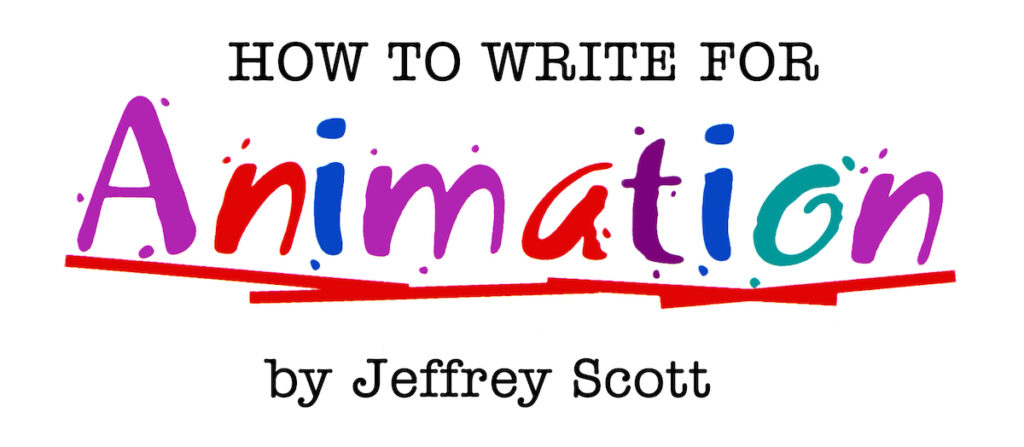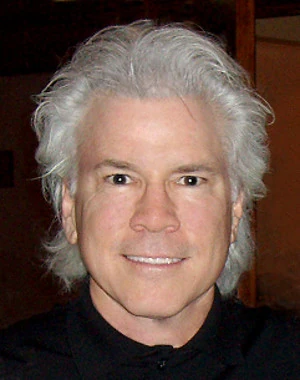
Now might be a good time to go over the subject of communication. But what exactly is communication? It is simply getting an idea from one person to another. As writers, we do this with words. We craft infinite universes with nothing more. This sounds like a no-brainer, but there is actually a science to it, as well as an art. The art part takes years of practice and is subject to opinion. But the science part is very precise and very simple.
For a writer, a word is the building block of communication, so you sure better know what a word is or you’ll find yourself out on the street like some gunfighter, your hands over your six-guns, not knowing what a bullet is.
Words are your bullets!
But what is a word? A word is a sound that has meaning. This, of course, is the spoken word. The only difference with a written word is that it has a symbol or symbols (letters) that represent the sound and meaning. So a written word is a symbol of meaning.
The only reason we need words is to communicate meaning. If we could give people meaning without words we certainly would. This is called telepathy and is a much better form of communication because there are no multiple definitions and misinterpretations to deal with. Just pure ideas. However, the last time I looked no one was streaming telepathic toons.
We communicate with words, and words have meaning—and meaning is what interests us. Meaning is what we are trying to communicate. Where is the meaning of your story? It’s in the words.
So if you don’t know the words, not only can’t you sing the tune you can’t write the script, either. This is why a good vocabulary is so important, because the more words you know, the more meanings you can communicate, and the more nuance you can use to communicate them.
This brings up a very important element of animation writing. Most animation is for children. In order to ensure that there is communication a children’s writer must use the simplest words possible to convey the intended meaning.
If communication is the moving of an idea from one person to another, and if we do this with words, and if words are just meaning, then if the recipient of the words doesn’t know their meanings there is no communication.
To use a more complex word in order to possibly get some subtler nuance is great for a novel or screenplay but do it in a children’s cartoon and the result will be confusion.
The thing that most people forget about communication is that the intention of the communicator (writer) is to get his idea duplicated by the other person. You want them to have the very same meaning you have, so they must know the words too.
After writing hundreds of scripts for kids I’ve learned to be very careful with the words
I choose in dialogue (description only matters for the producers and artists). When I was story-editing Dragon Tales, Sesame Workshop’s animated preschool series for PBS, our target audience was four years old. Even with my experience, it took me quite a few scripts before I was finally able to think and write with a four-year-old’s vocabulary.
But just because you need to use simpler words to communicate to children doesn’t mean you have to write down to them or be condescending. Almost anything that can be said with college-level words can be said with primary-level words, though it may take a few more of them.
So choose your words wisely, especially for children. Know your audience and don’t waste your time writing over kids’ heads. I once spent hours struggling over a single line of dialogue for a children’s cartoon. I finally nailed it. Boy! was it ever funny. Months later I saw a young kid watching the toon. That joke sailed right over his head, but he laughed like crazy when the character fell on his face. If you want to guarantee communication to any age audience, of any language, don’t use words, use action.
I’m not suggesting you can’t write funny jokes that go over some kids’ heads. This is an effective way of writing animation. It worked superbly in Jim Henson’s Muppet Babies. Some of the dialogue was on the sophisticated side so adults watching the show could enjoy it, while the physical schtick kept the kids interested. This kind of writing is called crossover, as it works for both young and old audiences.
There is, of course, a great deal more information on this subject that is vital to the writer, but provided I chose my words wisely I should have communicated the basic idea.
©Jeffrey Scott, All Rights Reserved
Jeffrey Scott has written over 700 animated and live-action TV and film scripts for Sony, Warner Bros., Disney, Marvel, Universal, Paramount, Columbia, Big Animation, Hanna-Barbera and others. His writing has been honored with three Emmys and the Humanitas Prize. He is author of the acclaimed book, How to Write for Animation. To work with Jeffrey visit his website at www.JeffreyScott.tv.
Read other articles from this series:
#1 The difference between live-action and animation writing
#3 It all begins with a premise
#4 The secret to developing your story
#5 Finding the scenes that MUST be there
#7 How to easily transform your outline into script
#8 A brief introduction to script writing
#9 How long should your scenes be?
#10 How to (and NOT to) edit your writing


